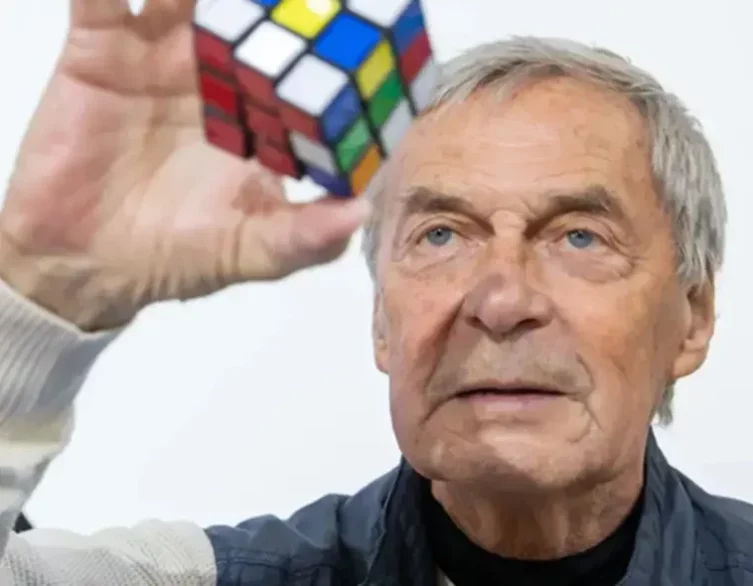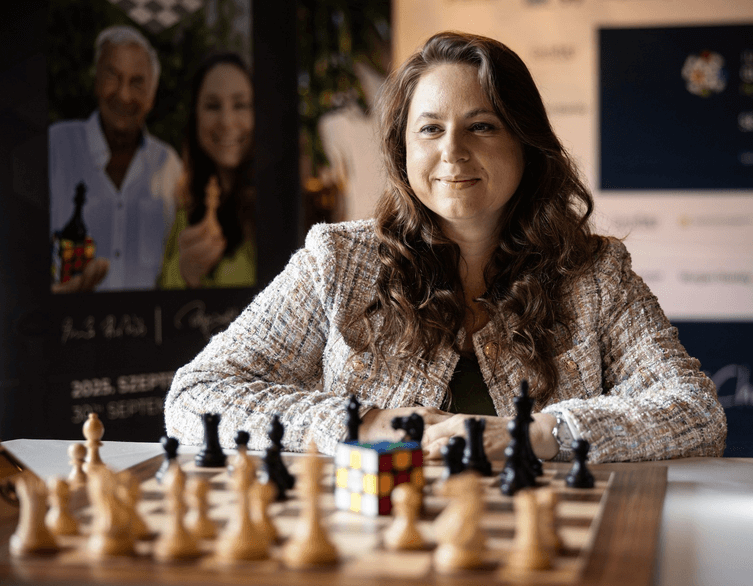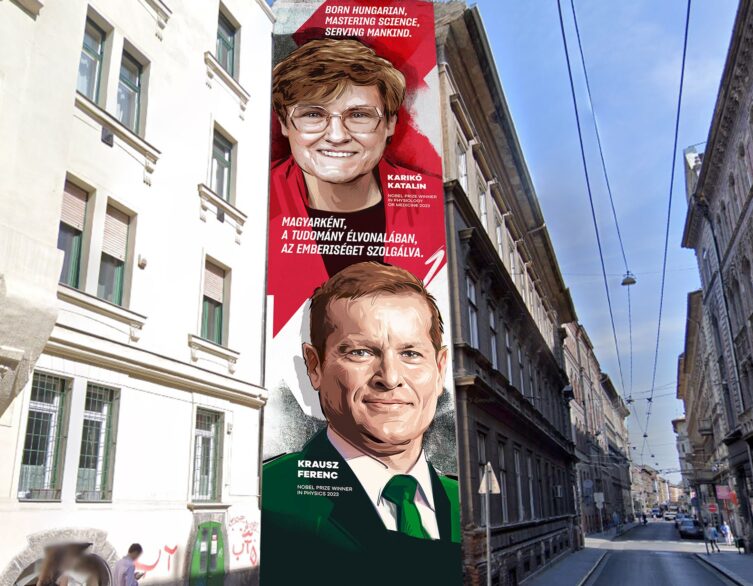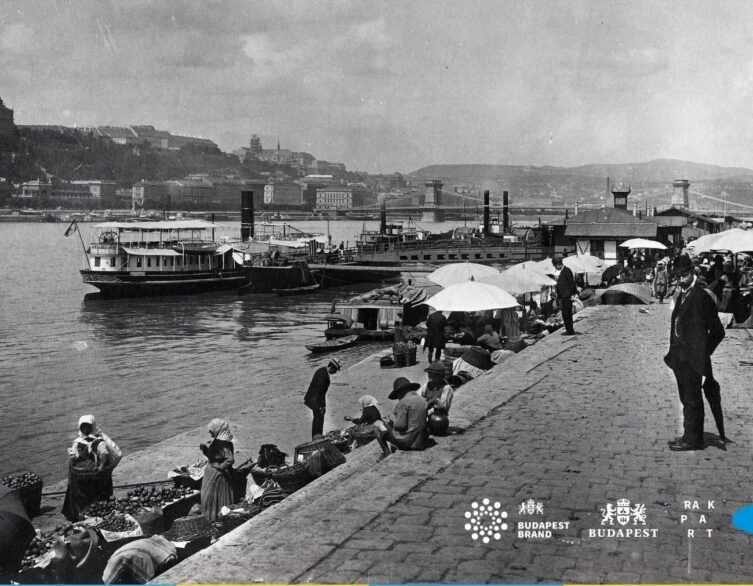Ernő Rubik, the Inventor of the Rubik’s Cube, Turns 80

On July 13th, Ernő Rubik, the Hungarian architect, designer, and inventor of the world-famous Rubik’s Cube, celebrates his 80th birthday. Exactly 50 years ago, Rubik created the puzzle that would become a global sensation.
Born in 1944, Rubik inherited his inventive spirit and creativity from his father, Ernő Rubik Sr., the most well-known Hungarian aircraft designer. His artistic talent came from his mother, poet Magdolna Szántó. After studying at the Secondary School of Fine and Applied Arts, Rubik graduated as an architectural engineer from the Budapest University of Technology in 1967. He then studied sculpture and interior architecture at the College of Applied Arts (now Moholy-Nagy University of Art and Design) until 1971.
In the spring of 1974, while teaching at the College of Applied Arts, Rubik designed a 3D puzzle consisting of 27 wooden cubes to help his students understand spatial movements. He added colored paper to the sides of the cube to make it easier to track the movement of each small cube. The puzzle, with its 3×3 arrangement on each side, could be rotated around three axes. It quickly became apparent that the cube was not only a great teaching tool but also an engaging puzzle.
Rubik’s “Magic Cube” (later known as the Rubik’s Cube) was patented on October 28, 1976. It rapidly gained unprecedented popularity among puzzle enthusiasts worldwide. To date, over 500 million Rubik’s Cubes have been sold, and it remains a challenge for mathematicians and players alike. While mathematicians seek to uncover the secret to solving the cube in the fewest moves possible, players continue to break speed-solving records, with the current world record for a 3x3x3 cube standing at an astonishing 3.13 seconds, set in 2023.
Best deals of Budapest
The cube’s success allowed Rubik to pursue his passions, but it also came with immense responsibilities. He stepped back from regular teaching to focus on his work at the Rubik Studio, engaging in software development, architectural projects, and computer games. Reflecting on his invention, Rubik stated, “It’s not about me; it’s about the cube. In fact, it’s not even about the cube, but its impact: how it managed to affect so many people for so long, how it remained popular for new generations over decades, even as the world changed drastically.”
The Rubik’s Cube has become a symbol of tackling complex problems, requiring the cooperation of the hands, brain, and memory to solve. It has appeared in films as a testament to characters’ intelligence, inspired works of art, and graced magazine covers. In Óbuda’s Graphisoft Park, a sculpture of the cube symbolizes Hungarian ingenuity. The cube even adorns the logo of Hungary’s 2024 European Union presidency, with its 27 cubes representing the 27 member states and the complexity of European affairs.
As Ernő Rubik celebrates his 80th birthday, his most famous invention, the Rubik’s Cube, remains an indelible part of popular culture, a design icon, and a subject of university courses. The puzzle not only made its inventor relatively wealthy during the socialist era but also stands as a testament to his lifelong love for games, curiosity, creativity, and passion for teaching.
“I love games and I love to play, and most of all, I like the game where the opponent (or playmate?) is nature, space, infinity… What do I hate? That which is deep, bottomless, dark. Stupidity,” Rubik told Kincses Kalendárium in 1983. This playful spirit continues to drive the now 80-year-old inventor, whose Rubik’s Cube remains a cherished symbol of Hungarian ingenuity and a beloved puzzle for millions worldwide.
Image source: https://www.rubiks.com/
Related news





















